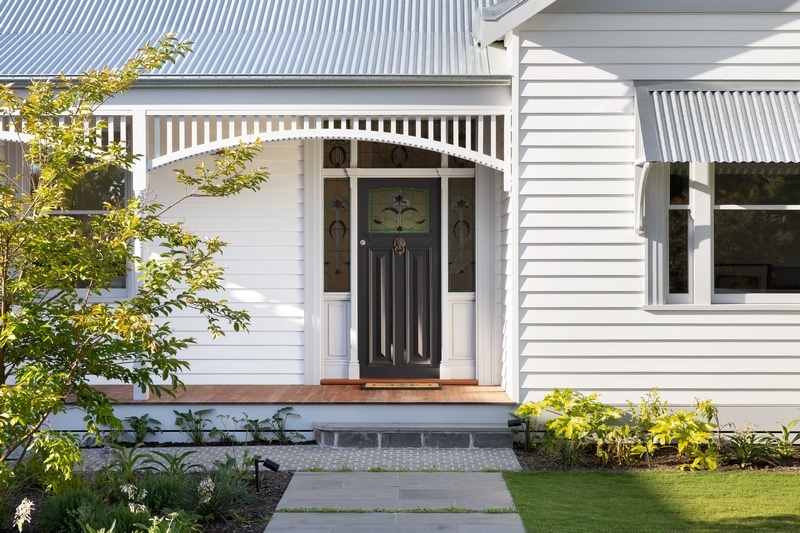Perfecting a Heritage Overlay takes skill and knowledge, ensuring legal requirements are met while successfully capturing your vision for a unique property revival.
At SECON we have extensive experience with heritage-listed homes. Our specialist team can be trusted to respect the original design and protective regulations, while bringing complementing contemporary features to your home.
Beginning the Journey
A Heritage Overlay is designed to maintain architecture deemed of historical or cultural significance in Victoria. This means most proposed changes will need to gain council approval. Please note there are legal repercussions to ignoring this process.
The Heritage Design Guide is a comprehensive explanation of heritage property protections and requirements, offering a helpful explanatory tool for home owners who are new to the concept of Heritage Overlays, and all they entail.
For example, alternations and additions as well as restoration and reconstruction have specific conditions. Even surrounding elements like trees, fences and gates, may be protected from change or obligated to meet certain standards.
Understanding Heritage Overlays
Three categories of heritage overlay exist in relation to the cultural significance of a property. Whether your heritage overlay is listed as significant, contributory or non-contributory impacts the assessment of proposed changes.
The design phase must factor in any differing regulations across categories. Working with a team familiar with these distinctions saves time and effort. In some cases, specific stipulations only need to be met by certain areas of the property.
Whatever the category, the front façade of your home is a focal point of heritage protections—part of the reason proposed plans for specific front rooms often face different regulations than proposed plans for back rooms of the home.
Liaising with Council
Saving these buildings and returning them to a fresh interpretation of their former glory is supported by local council. The goal is simply to protect landmarks while building owners address any dilapidation, and introduce approved updates.
Understanding any limitations early on in the process greatly benefits your design and build. And SECON’s experience with heritage-listed homes in Melbourne’s south east means we offer insight into relevant council and organisational guidelines to help with your heritage overlay project.
Positive and open lines of communication between builders, clients and local council are important during a heritage project. Our team will help you address any issues that arise around planning approval and permit acquisitions.
An Informed Perspective
It’s helpful to know that you don’t need to restore your building to its original form. The protections are more to ensure heritage character is maintained. For a decade and a half, we’ve been helping home owners perfect this delicate balance.
Heritage controls sometimes have an intimidating reputation mostly due to uninformed renovation attempts, so working with friendly professionals who understand every stage of this specialist process will save you precious time.
We understand and appreciate the materials and designs of the past, and how they interact with modern design trends and technologies. Aesthetic continuity is an important aspect of any project involving a heritage overlay.
Perfecting your Heritage Project with SECON
From the initial planning application to final completion, SECON will make sure your heritage home restoration unfolds smoothly. We love and value these reflections of Victoria’s past, and always treat heritage overlays with respect.
Updating your heritage home, making it comfortable for today while honouring its heritage is possible. Reach out to SECON’s experienced and friendly team to discuss your heritage home project.


